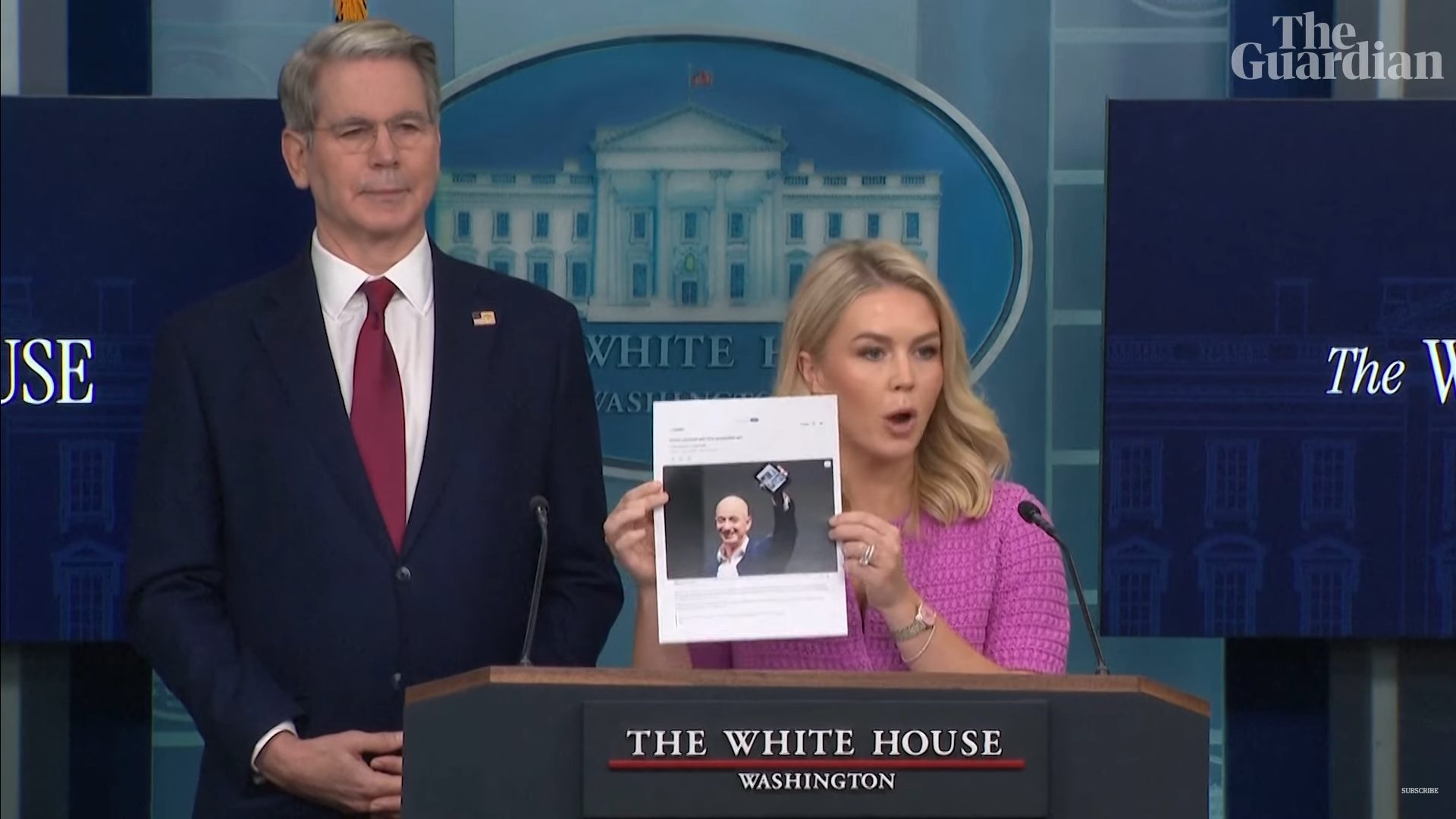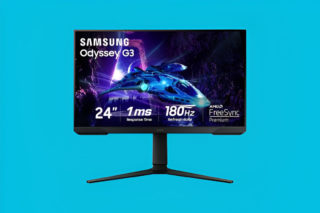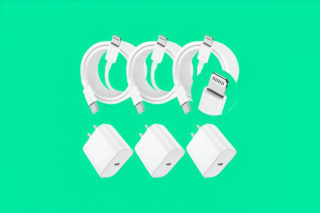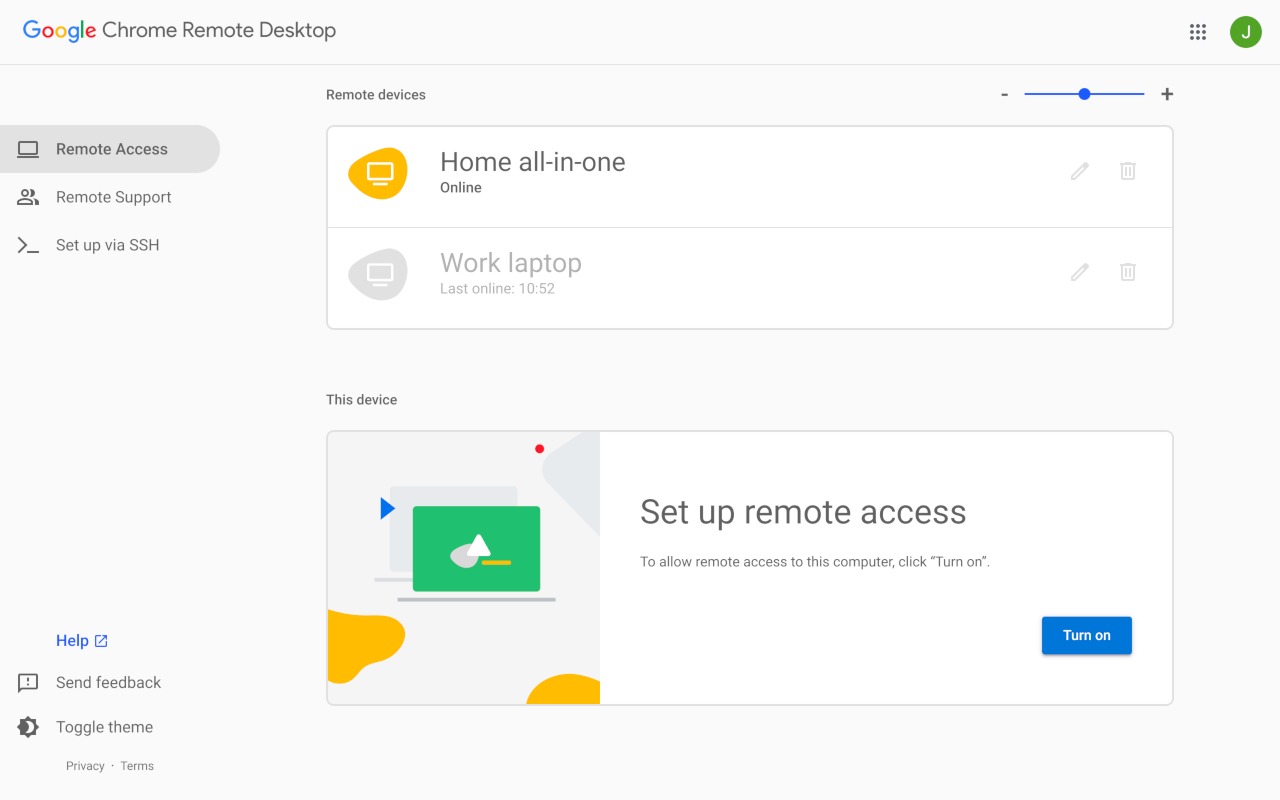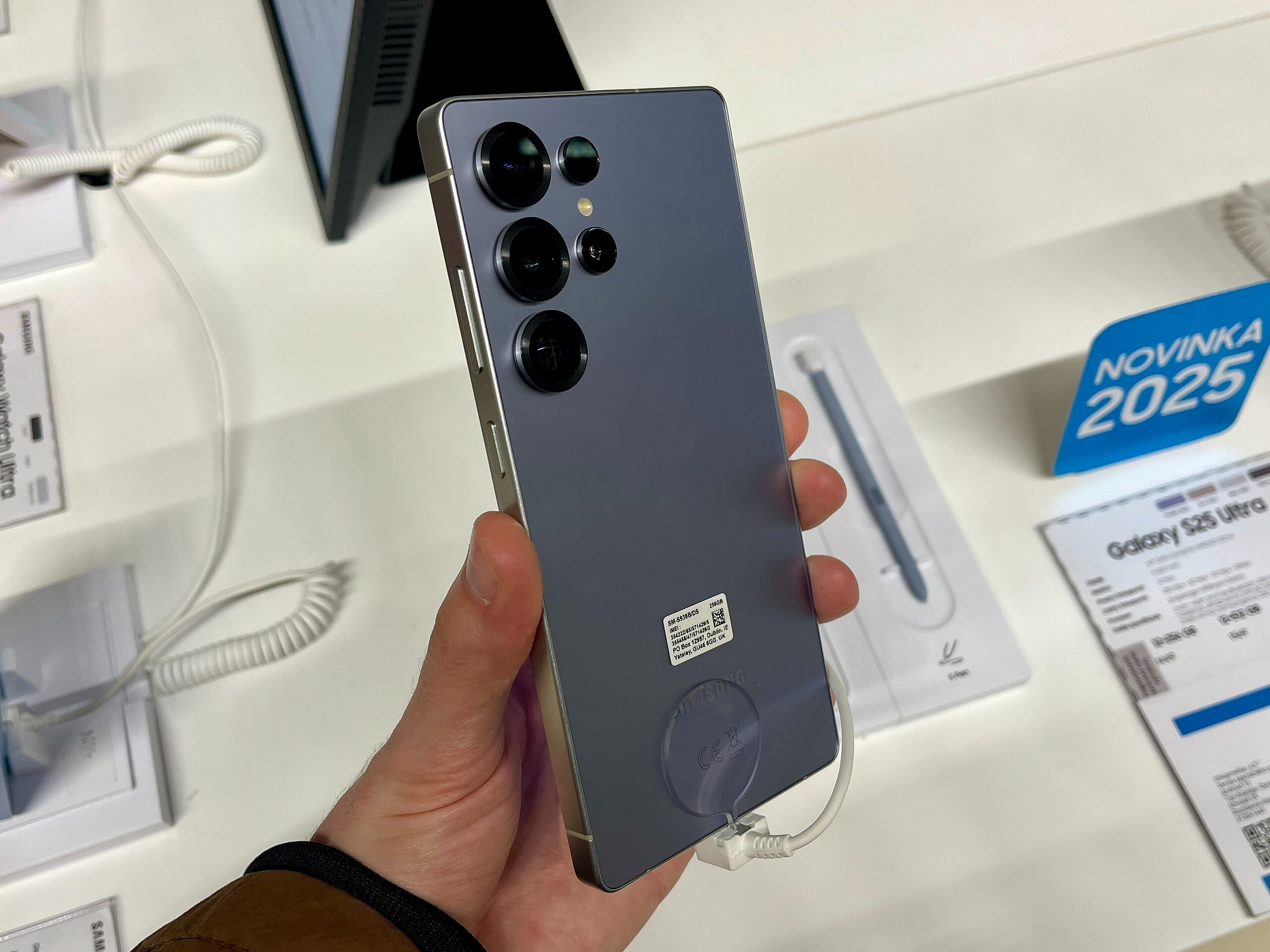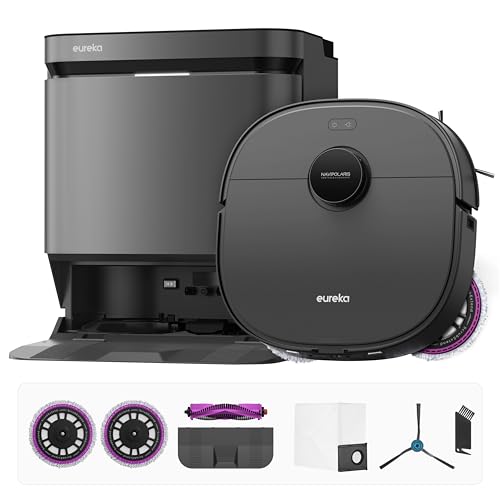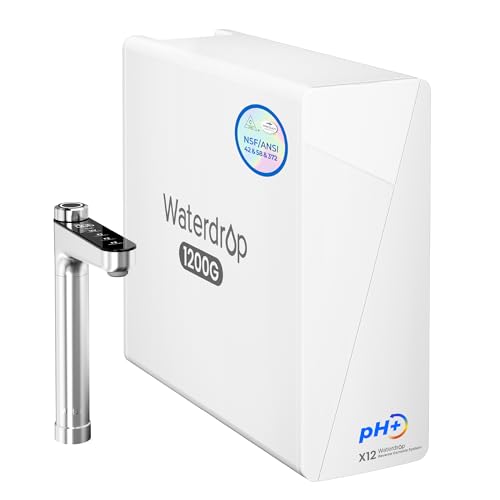When the notification “POTUS Calling” lights up your phone screen, you answer – even if you’re running one of the world’s largest tech companies. Following reports of Amazon potentially displaying tariff costs, sources confirmed a conversation between President Trump and Amazon leadership last week. Shortly after, Amazon clarified that it would not be implementing any tariff transparency features.
Punchbowl News was the first to report that Amazon will soon “display how much of an item’s cost is derived from tariffs — right next to the product’s total listed price.” The new feature could offer American shoppers a clear look at how tariffs affect prices, particularly those introduced under Trump, are driving up prices. His administration has imposed steep tariffs, including a 145% rate on Chinese imports and a minimum 10% tax on goods from all other countries.
Presidential Intervention Removes Potential Feature
The would-be feature, which might have shown separate line items for tariffs (up to 145% on certain Chinese imports), disappeared from consideration faster than last year’s graphics cards during the chip shortage. The White House made its position crystal clear on the matter.
White House Press Secretary Karoline Leavitt didn’t mince words during her April 29 briefing, labeling Amazon’s reported plan a “hostile and political act.” The language sounds like something from a cybersecurity brief about foreign hackers, not a price transparency tool from America’s digital shopping mall.
The Evolution of Price Transparency
Remember when smartphone manufacturers finally had to display all those mysterious carrier fees instead of advertising impossibly low prices? This situation plays like a remastered version of that classic hit – but with a different ending. So, if you buy car camping gadgets, you might have seen how much of the cost comes from tariffs, right there next to the price tag.
“The team that runs our ultra low cost Amazon Haul store considered the idea of listing import charges on certain products,” Tim Doyle, Amazon spokesperson, stated in widely reported comments. “This was never approved and is not going to happen.” The statement clarifies that the main Amazon platform was never slated to receive this feature.
Amazon, however, said it was considering the “idea of listing import charges on certain products” on Haul, its spinoff website that sells items below $20, but the change wasn’t rolled out.
A Fragmented User Experience Across Platforms
The digital shopping landscape now resembles a fragmented operating system. While Amazon has backed away from displaying tariffs, Temu has begun implementing “import charges” at checkout, creating an inconsistent user experience across platforms that would drive any UI designer to madness.
The Hidden Costs Buried in Your Digital Cart
Had Amazon implemented such a feature, the shopping experience might have been more jarring than switching from iOS to Android. Under current tariff rates, certain products face significant added costs. For example, a $50 item from China subject to the full tariff rate could theoretically include an additional $72.50 in government fees, though rates vary significantly by product category.
According to U.S. Commerce Department data, tariffs on Chinese goods now reach up to 145% in certain categories, with a 10% minimum tax on imports from many other countries. These costs are typically baked into the final prices consumers see.
The Future of E-commerce Pricing
The debate around pricing transparency highlights an ongoing tension in the digital marketplace. Consumer advocacy organizations have historically supported clear disclosure of fees, though no specific groups have issued statements regarding this particular Amazon situation.
For tech-savvy shoppers accustomed to price comparison apps and browser extensions that hunt for the best deals, this level of transparency would have represented a significant shift in how product costs are presented online.
The situation demonstrates how quickly policy positions can influence user interface decisions in the digital marketplace. The sequence of events – from reports of potential tariff displays to White House criticism to Amazon’s clarification – played out in less than a week, a pace that matches the speed of software updates but rarely government-corporate interactions.
For now, Amazon shoppers will continue to see clean, simple price tags – with no way to distinguish between product cost and government policy. In an era where apps can track everything from your sleep cycles to your pizza delivery in real-time, this particular data point remains consolidated into a single number on your screen, like an all-in-one device that hides its complex components behind a seamless exterior.


